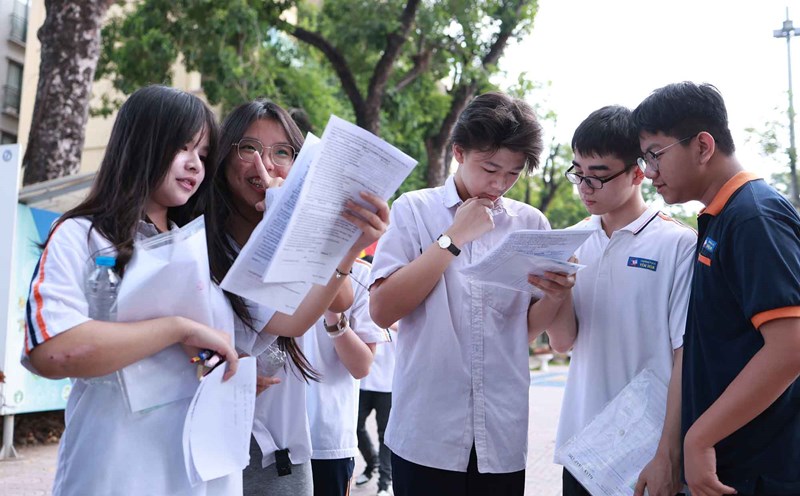Farming with data
Precision agriculture is a prominent trend, using sensors and images from drones and GPS to determine the location that needs to be watered, fertilized, and sprayed. This method helps save resources, increase productivity and protect the environment.
Modern agriculture is not just about experience but data, says Dr David Hughes, an agricultural technology expert at Pennsylvania State University. Countries such as the US, the Netherlands or Japan are leading this trend".
Drone and AI: Powerful support arms
In Japan, many farms use drones to track fields and detect pests. Some companies such as Spread have also built indoor farms, using AI and robots to grow vegetables without soil, operating all year round regardless of the weather.
Technology is not only for rich countries. In India, farmers use an AI-powered app to receive weather forecasts and disease warnings. In Kenya, startup Twiga Foods helps farmers sell agricultural products directly through digital platforms, without intermediaries.
In Vietnam, some places such as Lam Dong and the Mekong Delta have begun to apply high-tech agriculture. However, most of them are still experimental and small-scale.
To be successful, in addition to machines, there needs to be data, training and long-term investment, says Dr. Hughes. Vietnam has potential if there is a clear support policy".
Technology is changing the way farming is done globally. The application of AI, sensors, and digital platforms helps farmers control better, make more, and be more sustainable. If Vietnam catches up with this trend, it will have the opportunity to elevate the agricultural sector in the near future.










